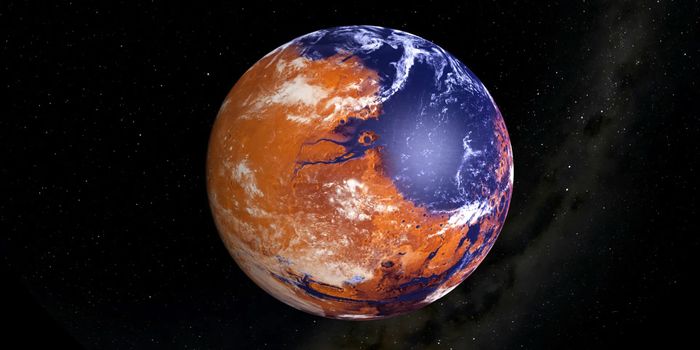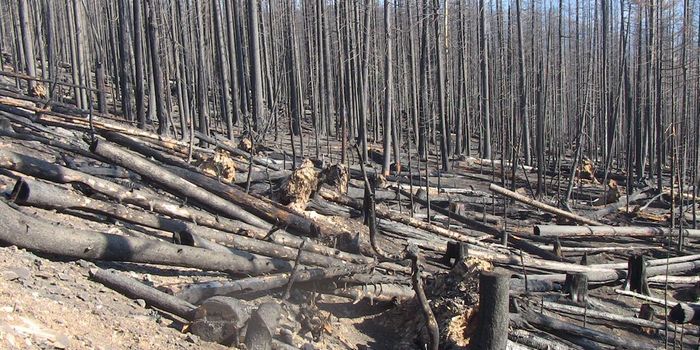Catastrophic Ancient Events Might Have Forever Changed Life-friendly Venus
There is plenty of evidence suggesting that Venus had a long history of being a habitable planet due to its abundance of water, plate tectonics, and amicable Earth-like climate.
Scientists suspect that its current carbon dioxide-dominant (close to 97%) atmosphere, which makes it the hottest rocky planet in the Solar system, was the result of planetary-scale events known as the global resurfacing. But they lack enough data to back up or disapprove this theory.
To investigate what might have happened, a team of NASA researchers has come up with a series of climate models based on what's available today. Their simulations all point to one or more catastrophic occurrences that happened to Venus 750 million years ago. Possible candidates include major volcanic eruptions, the collision with a large asteroid, and the combination of both.
These events led to the release of CO2 from minerals underneath the surface. The fast accumulating greenhouse gas prevented the planet from radiating heat properly and turned all of its water into gas form. The once-stable climate of Venice was then replaced by the CO2-dominated hot house of today.
This latest research was presented in a European Planetary Science Congress meeting.
Source: Anton Petrov via Youtube








